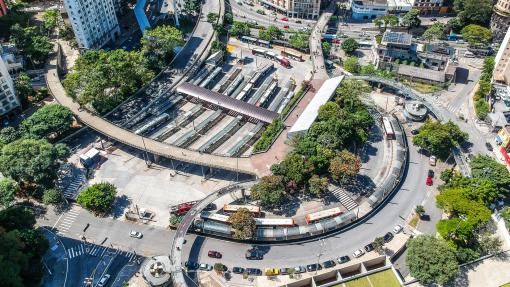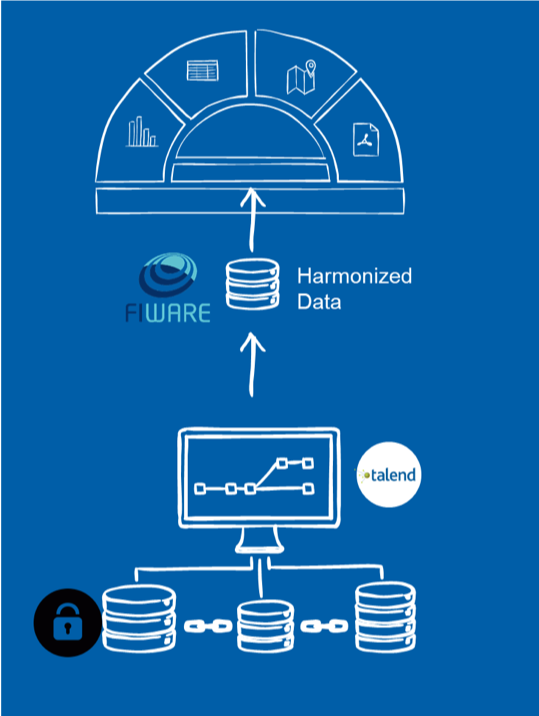
Today, we are looking into a world where Smart Cities are becoming more common in the public discussion. They can provide several benefits for its citizens, such as intelligent mobility systems or energy grids or simple things like the digitalization for the application of a new car licence and so on. In the NAIADES project we are trying to provide these benefits to an unseen, but essential infrastructure: the local water infrastructure with all its pipelines, pumps and uses such as flowerbeds, drinking water, etc.
 However, to achieve those benefits of a smart city, we need to have a manifold of different devices, like sensors, and service, connect those and let them communicate with each other and provide the information to deciders or devices such as traffic lights as well as transform this data into actions. To allow this, they need to be able to speak with the same machine language – they need to use similar data formats or at least data exchange formats. In today’s world, this is often not the case. We have many competing solutions, which each have their own standard or data format, there is no agreed upon exchange format and even the hardware providers underneath have their own proprietary and closed solution. This leads to a so-called vendor lock-in, where it is difficult to go to different providers or mix and match different services, hardware and so on. To break this problem, DISY together with the other partners, develop a common data model for the water infrastructure use case in NAIADES and provide a transformation tool of those existing data models to this common data model.
However, to achieve those benefits of a smart city, we need to have a manifold of different devices, like sensors, and service, connect those and let them communicate with each other and provide the information to deciders or devices such as traffic lights as well as transform this data into actions. To allow this, they need to be able to speak with the same machine language – they need to use similar data formats or at least data exchange formats. In today’s world, this is often not the case. We have many competing solutions, which each have their own standard or data format, there is no agreed upon exchange format and even the hardware providers underneath have their own proprietary and closed solution. This leads to a so-called vendor lock-in, where it is difficult to go to different providers or mix and match different services, hardware and so on. To break this problem, DISY together with the other partners, develop a common data model for the water infrastructure use case in NAIADES and provide a transformation tool of those existing data models to this common data model.
This makes it simple and easy for any user to connect different smart city frameworks, eases the exchange of data through automatic transformation and allows municipalities to be more flexible in exchanging smart city systems. We develop our solution with TALEND, which maps the existing data models and their parameters to the FIWARE data model, which can then be used and exchanged more easily. FIWARE itself was chosen for the common data model as it is an open framework and standard for smart cities developed in previous EU research projects.
As of now, we have already a working demonstrator which is further improved during the project and tested by the use case partners locally. We hope that this will ease the adoption of smart city solutions for municipalities in the whole EU as well as ease the future data integration and connection of IoT systems, in particular for water providers.